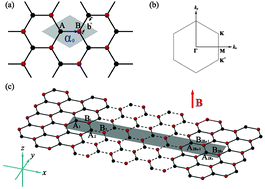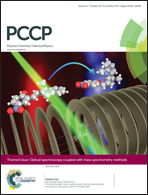Magneto-electronic properties of multilayer graphenes
Abstract
This article reviews the rich magneto-electronic properties of multilayer graphene systems. Multilayer graphenes are built from graphene sheets attracting one another by van der Waals forces; the magneto-electronic properties are diversified by the number of layers and the stacking configurations. For an N-layer system, Landau levels are divided into N groups, with each identified by a dominant sublattice associated with the stacking configuration. We focus on the main characteristics of Landau levels, including the degeneracy, wave functions, quantum numbers, onset energies, field-dependent energy spectra, semiconductor–metal transitions, and crossing patterns, which are reflected in the magneto-optical spectroscopy, scanning tunneling spectroscopy, and quantum transport experiments. The Landau levels in AA-stacked graphene are responsible for multiple Dirac cones, while in AB-stacked graphene the Dirac properties depend on the number of graphene layers, and in ABC-stacked graphene the low-lying levels are related to surface states. The Landau-level mixing leads to anticrossings patterns in energy spectra, which are seen for intergroup Landau levels in AB-stacked graphene, while in particular, a formation of both intergroup and intragroup anticrossings is observed in ABC-stacked graphene. The aforementioned magneto-electronic properties lead to diverse optical spectra, plasma spectra, and transport properties when the stacking order and the number of layers are varied. The calculations are in agreement with optical and transport experiments, and novel features that have not yet been verified experimentally are presented.


 Please wait while we load your content...
Please wait while we load your content...